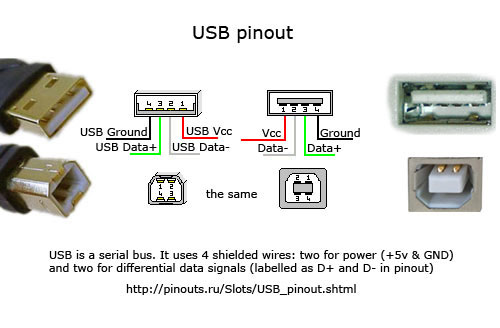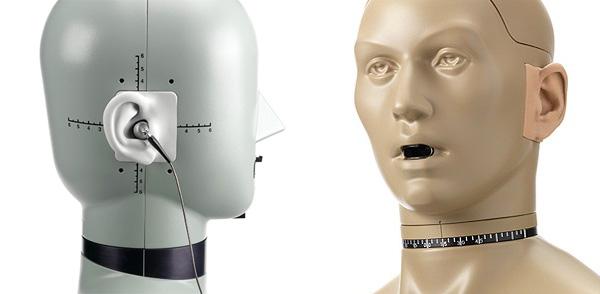Yes, I expected this answer, it’s the standard subjectivist argument, that measurements are useless because we don’t measure the right things and don’t even know what we don’t know.
It is not entirely unreasonable. There have been times when we have discovered things we didn’t know. I remember when Matti Ottawa discovered crossover distortion, which had not previously been known and was the cause of many well-measuring amps sounding bad.
But there is a difference: Ottala was an engineering researcher, he assumed there was a technical reason for the observed misbehavior and set out to identify the cause, and identify a way to measure it. Most of today’s subjectivist affirm, proudly, that it is impossible to understand what makes a device sound good or bad because it is a process that involves the human neuro-physiological system, and the human psyche, which are unknowable.
I don’t accept this. And I don’t believe that competent engineers operate that way.
There is a common pattern where the latest problem is rolled out as an explanation for alleged effects. Feedback. Phase discrepancies. Jitter. Now it’s noise.
Jitter is certainly a real problems, but it is not a factor in asynchronous transfer. Wikipedia: jitter is the deviation from true periodicity of a presumably periodic signal. The network is not presumably periodic, it is packet switching and the foundational technology does not even guarantee that packets are delivered in order, or correctly, or at all (why the receiver can request retransmission). If I were to tell you that my CD player suffers from severe jitter because Fedex delivers the packages from Amazon only once a day and not on sundays, you would rightly consider me a fool — Fedex is not part of the “presumably periodic” delivery chain, periodicity is introduced later. But if I offer an audiophile network cable based on its low jitter, I am afforded great respect and large checks.
Noise is a real problem that plagues some systems, and there are techniques for remediating it. But it is not a mystic, spiritual thing. It is possible to measure it, and to A/B test it. And if a remediation is offered (for serious money), it is possible to determine if it does indeed do so, if it is an effective solution, both in terms of reducing the noise and in terms of reducing the putative secondary deleterious effects (where people say the noise may not be measurable or audible but can impair sound indirectly).
If the device is not proven to work, through measurement or rigorous listening tests, but people claim to hear the improvement — I don’t care what you do with your money, but we should not base our engineering on faith.




